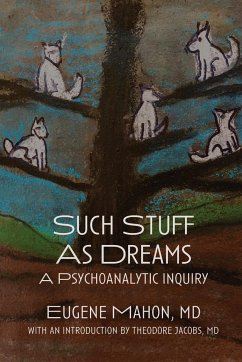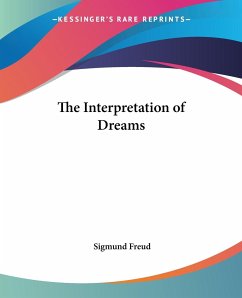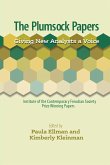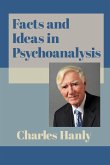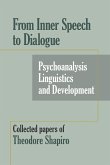This book is innovative in many ways. It addresses the question of whether dreams still hold an exceptional status in psychoanalytic theory and practice or not. It begins with a chapter on Freud's revolutionary theories. It then considers dreams from a longitudinal perspective, tracing the evolution of dreams in one dreamer whose dreams were studied throughout the first five decades of his life. The continuity of dream themes and conflicts could therefore be studied in depth. The author also focuses on dreams within dreams going beyond Freud's ideas, suggesting that the two portions of a dream within a dream have a dynamic connection with each other which illuminates both portions of the dream in a revelatory way. Then in a tour de force of innovative scholarship, the author shows how the manifest content of dreams is essentially an "entertainment" designed by the dream work to distract the dreamer and awakener from focusing on the lurid instinctual qualities of the latent content! In a most revelatory manner, manifest content of several dreams is described in which strikingly unusual content (a joke, a cartoon, a parapraxis, the uncanny, a film, a trick, a pun) is shown to be mere razzle dazzle to distract the dreamer from exploring the hidden latent content. There are also exciting chapters on Shakespeare's uses of dreams, James Joyce's interpretation of his own dreams and others, and his attempt to use the 'esthetic of the dream" as he called it to write his strange masterpiece Finnegans Wake. There is also a chapter on a poem and a dream that shows how the unconscious mysteries of one influence the other. There is a dramatic chapter on Trump Dreams which shows how politics inevitably influence the dreaming process. The book is written with literary flair and totally without jargon. It will appeal to a wide audience not only of psychoanalysts but of a curious general readership as well.
Hinweis: Dieser Artikel kann nur an eine deutsche Lieferadresse ausgeliefert werden.
Hinweis: Dieser Artikel kann nur an eine deutsche Lieferadresse ausgeliefert werden.

